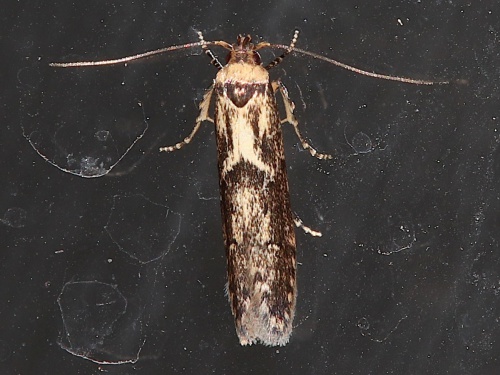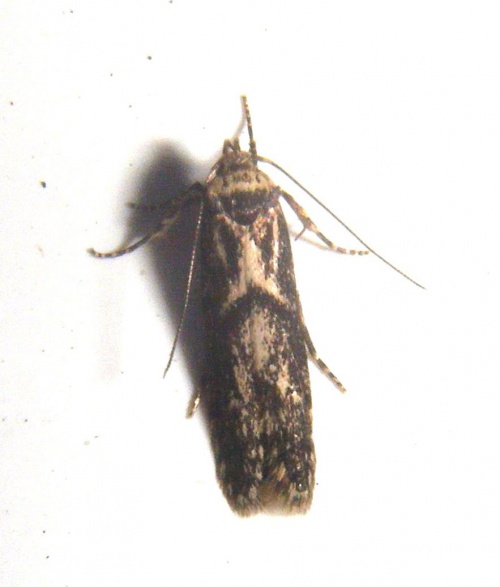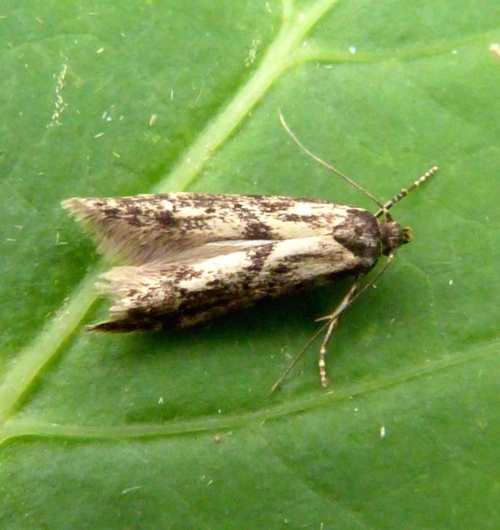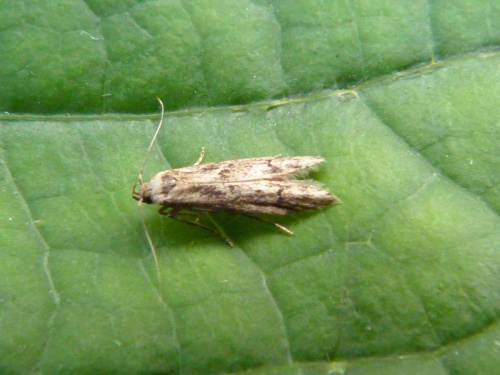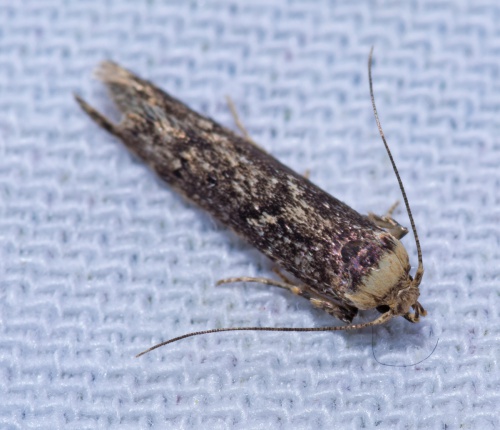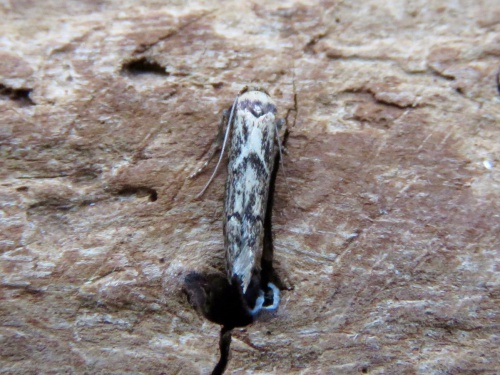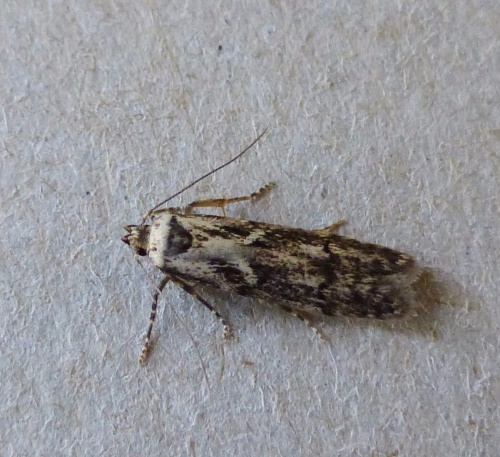Blastobasis adustella
Furness Dowd
Dingy Dowd
Variable species with some very dark specimens.
Variety of habitats including woodland, heath and gardens, predominantly in coastal areas.
A nocturnal species, occurring mainly in August and into September.
The larvae feed on a variety of foodstuffs, including decaying vegetable matter.
An adventitious species, this moth was introduced into Britain and is now well established throughout. In the Butterfly Conservation’s Microlepidoptera Report 2011 this species was classified as common.
Occasional but probably increasing in Leicestershire and Rutland. L&R Moth Group status = C (very scarce resident or rare migrant)
Leicestershire & Rutland Map
Enter a town or village to see local records
MAP KEY:
Yellow squares = NBN records (all known data)
Coloured circles = NatureSpot records: 2020+ | 2015-2019 | pre-2015
UK Map
Species profile
- Common names
- Furness Dowd, Dingy Dowd
- Species group:
- Moths
- Kingdom:
- Animalia
- Order:
- Lepidoptera
- Family:
- Blastobasidae
- Records on NatureSpot:
- 408
- First record:
- 18/07/2003 (Skevington, Mark)
- Last record:
- 08/09/2023 (Graves, Hazel)
Total records by month
% of records within its species group
10km squares with records
The latest images and records displayed below include those awaiting verification checks so we cannot guarantee that every identification is correct. Once accepted, the record displays a green tick.
In the Latest Records section, click on the header to sort A-Z, and again to sort Z-A. Use the header boxes to filter the list.



